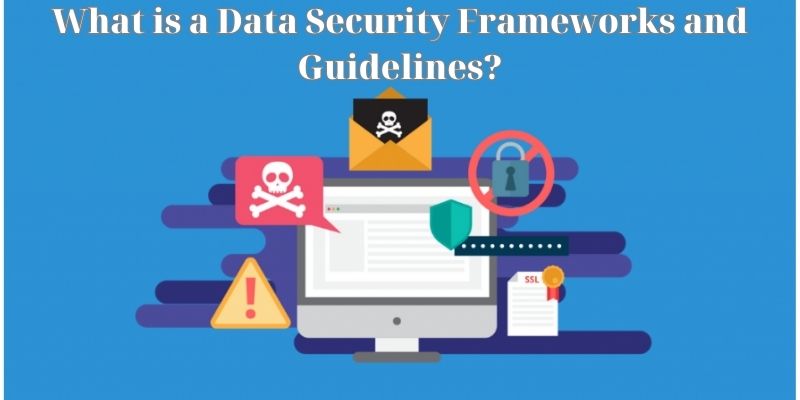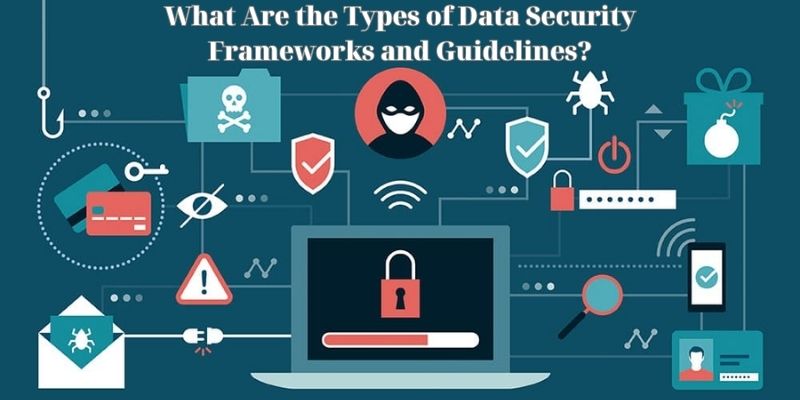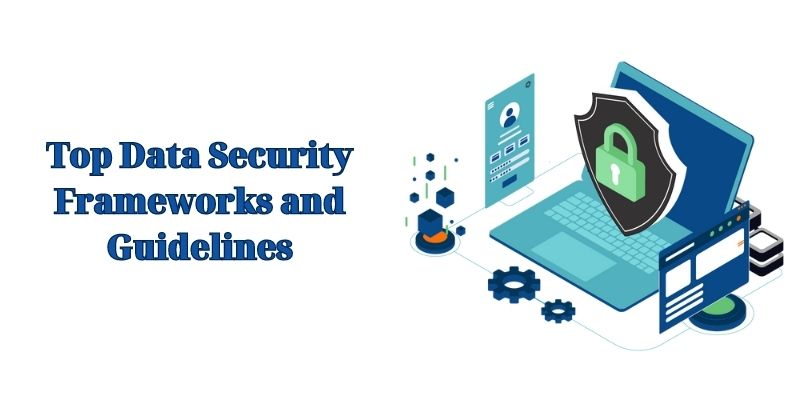The problem of data security frameworks and guidelines is current and important, and it will always be. Cybersecurity will always be a major issue if people, groups, enterprises, and entire nations rely on computers and information technology. Because there is no chance that society will reject the digital age, this significance will persist.
The Colonial Pipeline cyber-attack from May serves as a prime example of the continuing significance of cyber security. Every company with an IT or digital component need a strong cyber security plan, which calls for the strongest cyber security architecture.
tapchiai.net are focusing on cyber security frameworks now as a result. What are they, what varieties are there, and what are the advantages? We hope that after reading this essay, you will have a firm understanding of these frameworks and how they might strengthen your position in terms of cyber security.
So, what’s a data security frameworks and guidelines, anyway?
What is a Data Security Frameworks and Guidelines?
The best practices, standards, and recommendations for managing cyber security risks are described in sets of documents called cyber security frameworks. The frameworks are in place to lessen the likelihood that hackers and other cybercriminals will exploit the faults and vulnerabilities of a company.

Although “framework” gives the impression that the term pertains to hardware, this is not the case. The fact that the term “mainframe” exists and may suggest that we are dealing with a physical infrastructure of servers, data storage, etc. is not helpful.
The cyber security framework, however, offers a foundation, structure, and support to an organization’s security techniques and activities, just like a framework in the “real world” consists of a structure that supports a building or other significant object.
What Are the Types of Data Security Frameworks and Guidelines?
Control Frameworks
- Creates a fundamental plan for the organization’s cyber security division
- Provides a baseline group of security controls
- Evaluates the infrastructure and technology in use today
- Prioritizes implementation of security controls

Program Frameworks
- Evaluates the organization’s security program’s state at the moment
- Constructs a complete cybersecurity program
- Measures the program’s security and competitive analysis
- Facilitates and simplifies communications between the cyber security team and the managers/executives
Risk Frameworks
- Specifies the procedures needed for risk assessment and management
- Structures a security program for risk management
- Identifies, evaluates, and quantifies the security risks to the organization.
- Prioritizes appropriate security measures and activities
Top Data Security Frameworks and Guidelines
A cyber security framework can be choose from a wide range of options. The industrial frameworks that are now recognized as some of the best are listed below. Naturally, your choice will be based on your company’s security needs.
Frameworks for cyber security serve as a guide for organizations. IT security specialists may control cyber hazards for their organizations provided the appropriate framework is correctly applied. Businesses have the option of creating a custom framework from start or altering an existing one.
Some companies are required to use particular information security frameworks in order to adhere to industry or governmental standards. For instance, your company must adhere to the Payment Card Industry Data Security Standards (PCI-DSS) framework if it accepts credit card payments. In this case, your business must pass an audit proving that it complies with PCI-DSS framework requirements.

1. The NIST Data Security Frameworks and Guidelines.
The NIST Framework for Improving Critical Infrastructure Cybersecurity, also known as the “NIST cybersecurity framework” for convenience’s sake, was created in response to Executive Order 13636 during the Obama Administration. To prevent cyberattacks on America’s critical infrastructure (such as dams and power plants), the NIST was established.
NIST is a set of voluntary security standards that private sector companies can use to find, identify, and defend against cyberattacks. The framework also offers suggestions for businesses on how to defend against and recover from cyberattacks. Five actions or best practices are related to NIST:
- Identify
- Protect
- Detect
- Respond
- Recover
2. The Critical Security Controls (CIS) of the Center for Internet Security.
If you want your firm to start off modest and then expand, you must choose CIS. In order to protect enterprises from internet threats, this framework was developed in the late 2000s. It consists of 20 controls that are frequently updated by security experts from various sectors (academic, governmental, industrial). Basics come first in the framework, followed by foundational and organizational.
In order to map security standards and provide alternative configurations for enterprises not subject to mandatory security regulations but yet wanting to increase cyber security, CIS employs benchmarks based on widely used standards like HIPAA or NIST.
3. The frameworks ISO/IEC 27002 and 27001 from the International Standards Organization (ISO) are used.
Additionally known as ISO 270K, this framework. It is regarded as the globally accepted cyber security validation standard for use both internally and with external parties. Operating under the premise that the company has an information security management system is ISO 270K. Management must thoroughly manage their organization’s information security risks under ISO/IEC 27001, concentrating on threats and vulnerabilities.
ISO 270K is quite difficult. The framework suggests 14 types with 114 different controls. As a result, given the effort required to maintain the standards, ISO 270K might not be suitable for everyone. It is worthwhile, though, if adopting ISO 270K is a selling point for luring in new clients.
4. Act concerning the portability and accountability of health insurance.
More commonly referred to as HIPAA, it offers a framework for handling private patient and customer data. This law safeguards electronic healthcare data and is crucial for clearinghouses, insurers, and healthcare providers.
There are other accessible frameworks as well, including:
- SOC2 (Service Organization Control)
- Critical Infrastructure Protection (NERC-CIP) is a program of the North American Electric Reliability Corporation.
- GDPR (General Data Protection Regulation)
- FISMA (Federal Information Systems Management Act)
- HITRUST CSF (Health Information Trust Alliance)
- PCI-DSS (Payment Card Industry Data Security Standards)
- COBIT (Control Objectives for Information and Related Technologies)
- COSO (Committee of Sponsoring Organizations)







